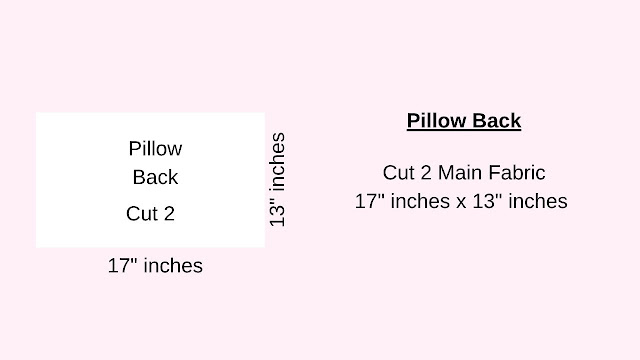Sew Your Own Reversible Placemats
Easy Beginner Sewing Tutorial
I can’t believe I hadn’t shared this tutorial on my blog! This tutorial is actually one of my most popular videos on YouTube, and I wanted to make sure it’s here too. In this post, you’ll learn how to sew beautiful, custom reversible placemats step by step. These easy DIY placemats are perfect for sprucing up your dining room, creating thoughtful handmade gifts, or adding a seasonal touch to your home décor.
✨ Bonus: I’ve created a printable reversible placemats sewing guide with measurements, a supply list, and step-by-step instructions to make your sewing even easier. Grab it here → Download the guide (Pay What You Want)
Why Make Reversible Placemats?
Reversible placemats are practical and stylish, allowing you to:
-
Switch designs for different occasions, seasons, or holidays
-
Easily hide stains or messes on the back side
-
Mix and match fabrics for a unique look
-
Create durable, handmade gifts that are both functional and beautiful
With endless fabric possibilities, you can create a set of reversible placemats that perfectly match your table décor and style.
Here’s what I used for this project:
Supplies
🛍 Shop My Favorite Supplies: Amazon Shop https://www.amazon.com/shop/diywithashley
🛑 Disclaimer: As an Amazon Associate, I earn from qualifying purchases.
Pattern Pieces (6 Placemats)
1. Cut Your Fabrics and Fusible Fleece
Cut six 14" × 20" inch pieces from the main fabric, six from the coordinating fabric, and six from the fusible fleece.
2. Fuse the Fleece
Following the manufacturer’s instructions, fuse the fleece to the wrong side of each coordinating fabric piece. Tip: Lightly press along the top edge first to tack it in place, then work your way down. Repeat for all six pieces.
3. Assemble Your Placemat
With the fleece fused to all coordinating fabric pieces, place each main fabric piece right sides together with a coordinating piece. Pin in place.
4. Sew Around the Edges
Sew around the placemat edges with a ½″ seam allowance. Stop sewing 2" – 3″ inches before you reach your starting point to leave an opening for turning.
5. Turn and Press
Trim the fabric at each corner to reduce bulk, being careful not to cut through the stitching.
Then, turn the placemat right side out through the 2" – 3″ inch opening. Use a point turner to gently shape the corners (or a chopstick if you don’t have a point turner).
After turning the placemat right side out, press along the edges for a crisp finish. Tuck the seam allowance of the opening to the inside so it’s even with the edge.
6. Topstitch
Pin the opening closed, then add a few pins around the entire placemat to hold it in place.
Topstitch around the placemat about ¼" inch from the edge for a polished, professional finish that keeps your reversible placemat flat.
Tips for Perfect Reversible Placemats
-
Use fusible fleece for structure without adding bulk
-
Press at every stage for crisp, clean edges
-
Experiment with fun fabrics to create seasonal, holiday, or themed sets
-
Topstitch carefully to keep both sides neat. A walking foot might be helpful if your placemats end up being thick and bulky.
Share Your Placemat Creations!
I’d love to see your reversible placemats! Tag me on social media: @DIYwithAshley on Instagram and Facebook.
DIY reversible placemats, beginner sewing tutorial, sew placemats, handmade placemats, sewing for beginners, DIY table décor, reversible placemat tutorial, sewing projects for home décor, DIY gifts, step-by-step sewing guide






































%20(1).jpg)











